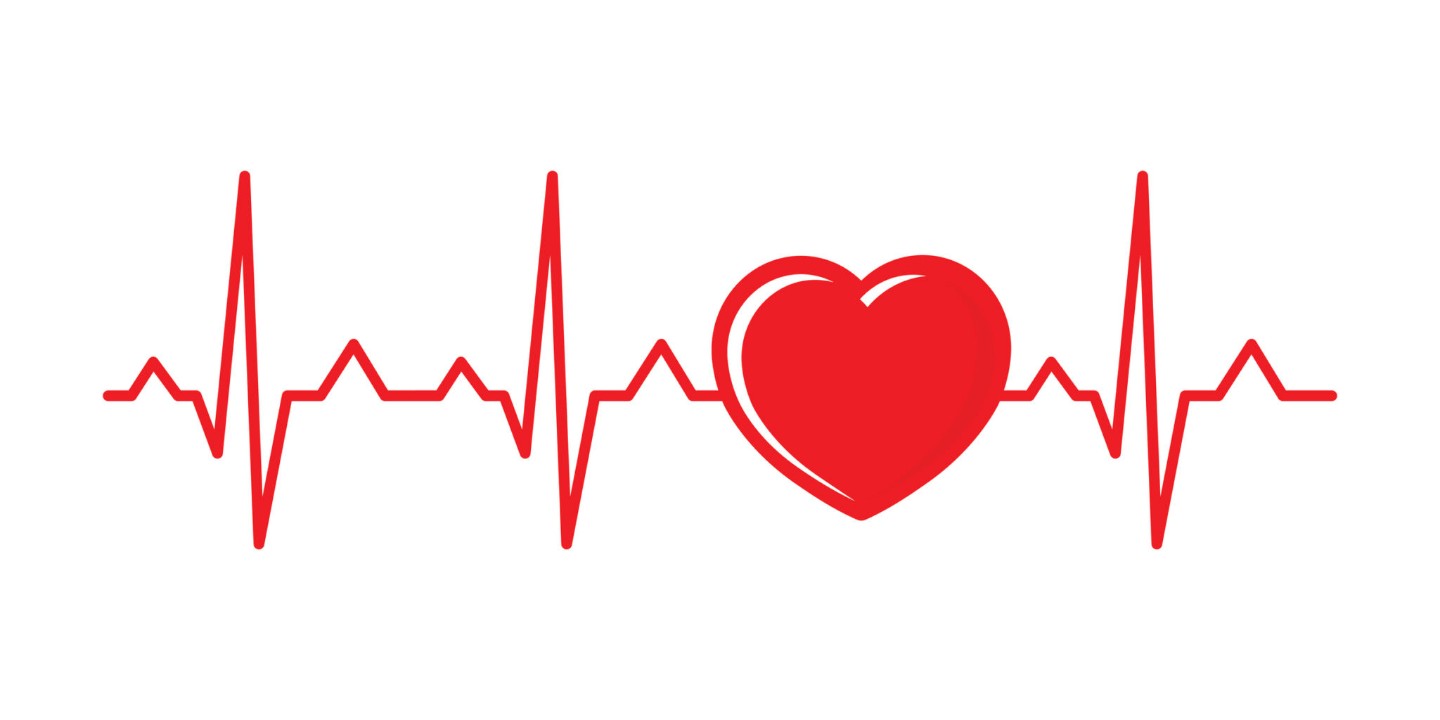The New England Journal of Medicine just published a study that followed the course of nearly four hundred thousand patients at 663 American hospitals who were referred for elective diagnostic coronary angiography. The typical patient in this mix was someone with risk factors for coronary disease who had undergone a stress test suggestive of possible blockage. None of the patients had a diagnosis of prior heart attack or coronary artery disease.
In this group, 38% were found to have significant coronary blockage (a narrowing that’s worth fixing by angioplasty/stenting or bypass surgery) and 23% had blockage that was not severe enough to cause obstruction to flow. The remainder (39%) had absolutely clean coronary arteries.
The general verdict among medical pundits is that we are performing too many coronary angiograms and that the testing we do to determine need for angiography (i.e. stress testing) is inadequate to allow us to screen for those patients most in need of this procedure. After all, if only 38% of patients actually need to have something fixed, then 62% were exposed to the risk of the procedure with no apparent benefit. What follows are higher medical expenses, unnecessary risks and avoidable emotional stress to the patient.
The publication isn’t so much a blemish on the coronary angiogram as it is on our ability to determine who should actually get sent for a cath. Normally, a patient with some type of chest discomfort and risk factors for coronary disease will see a cardiologist and subsequently undergo some type of stress study to determine if there is impairment to blood flow in any region of the heart muscle.
I have previously bored my readers with a lengthy diatribe about the uses and limitations of stress testing and I’d encourage you to read it again if you’re suffering any form of insomnia. The bottom line is that the science of screening for coronary disease is very inexact. At this point, and for the foreseeable future, there is no test that will easily differentiate chest pain that arises from a coronary blockage from chest pain of noncardiac provenance. As a cardiologist, the best I can do is listen intently to the description of the symptoms, assess the patient in his or her entirety (risks, genetics, bad habits), and rely on stress testing that at times seems only slightly better than flipping a coin.
As an aside, the world of medical screening has had its share of black eyes recently. Take testing for prostate cancer, for example. Just last year the New England Journal of Medicine published a comparison of the two main screening tests for prostate cancer and the ability of each to cut the risk of death from this common malignancy. The high-tech laboratory assay prostate specific antigen (PSA) and the decidedly low-tech digital rectal exam both did an equally poor job of lowering the death rate from cancer among asymptomatic men. This is bad news for any primary care doctor who, like me, feels that running the tip of their finger over the top of your prostate is actually a useful mechanism for determining the presence or absence of cancerous cells lurking inside this well-buried gland.
A very interesting opinion, authored by Dr. Richard Ablin, the inventor of the PSA assay, appeared in the New York Times last weekend and criticized the fact that we in the medical community have embraced the generalized use of PSA as a screening test:
“I never dreamed that my discovery four decades ago would lead to such a profit-driven public health disaster. The medical community must confront reality and stop the inappropriate use of P.S.A. screening. Doing so would save billions of dollars and rescue millions of men from unnecessary, debilitating treatments.”
Now back to the subject of coronary angiograms: I take some exception to the idea that we are burdening the population with unnecessary trips to the cardiac cath lab and I think we can view the results of this recent study through a slightly different lens.
In this population, 61% of patients were given the firm diagnosis of coronary artery disease (the 38% with high-grade blockage and the 23% with less severe narrowing) and I would argue that the coronary angiogram—despite the fact that it is an invasive test with possibly serious risks—served these patients well. Faced with the understanding that their blood vessels are prone to cholesterol build-up and narrowing, these patients will be treated more aggressively for blood pressure and lipid control, will have additional incentive to give up smoking and start exercising, and may pay more attention to diet. Ultimately, I have to believe that this group of individuals will suffer fewer heart attacks and strokes as a result of risk factor modification.
I would argue that even those patients with normal arteries received some benefit, provided they didn’t suffer any complication of the procedure. By having the “gold standard” test, they learned that the symptoms they are suffering are not related to the heart and are thus not something that could potentially lead to life-threatening complications. There’s a certain value to the peace of mind that this knowledge provides. Unfortunately, there’s no way to factor this ephemeral reward into research studies such as these.
I agree that we need better testing—better testing that is inexpensive, low-risk and noninvasive—but this will not be coming any time soon. Until then we as doctors will keep doing our best and ask for understanding from those patients we send on an unnecessary tour of the cath lab.





